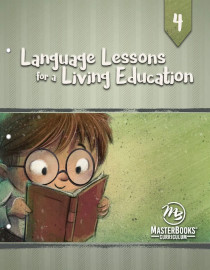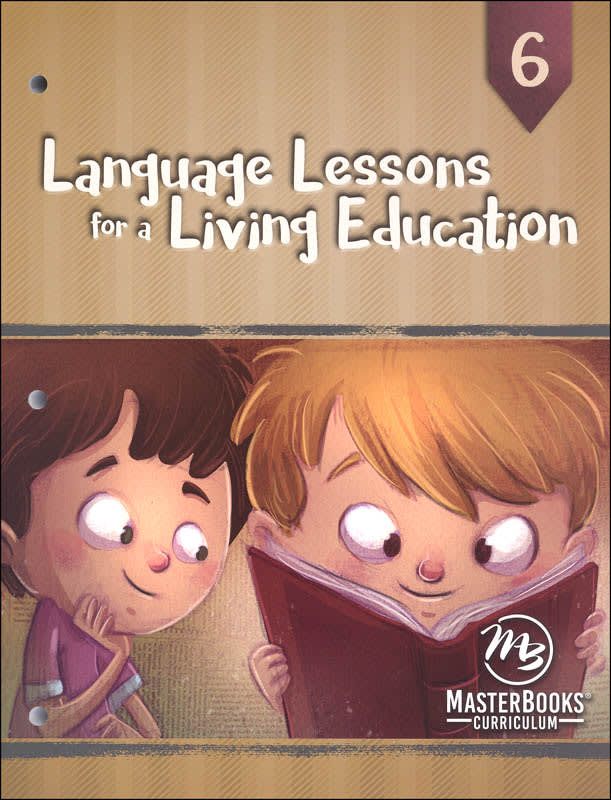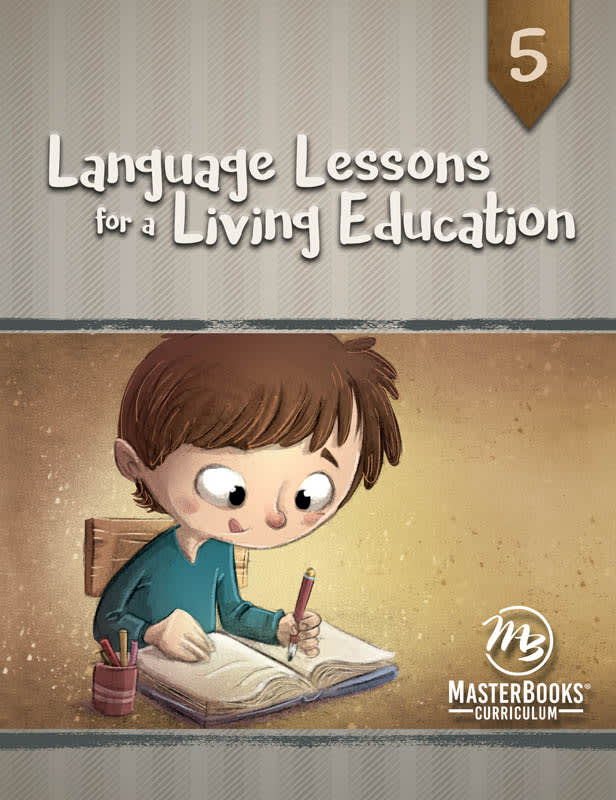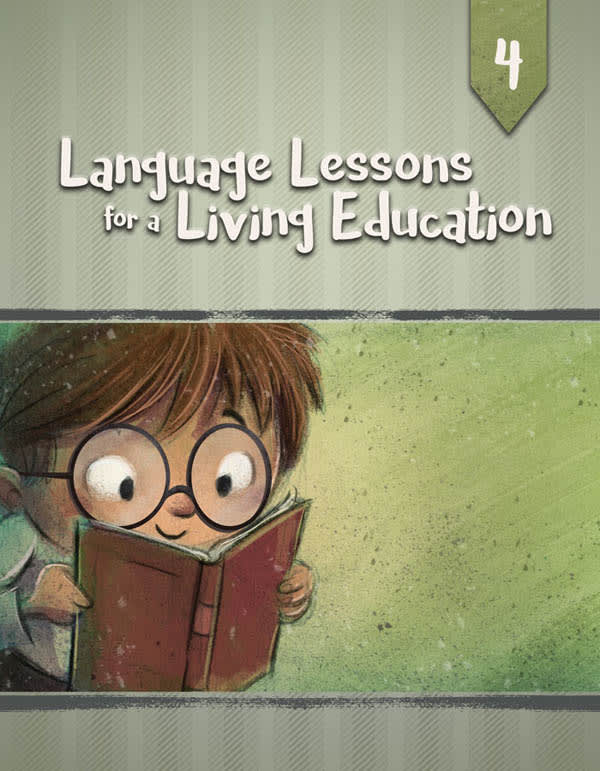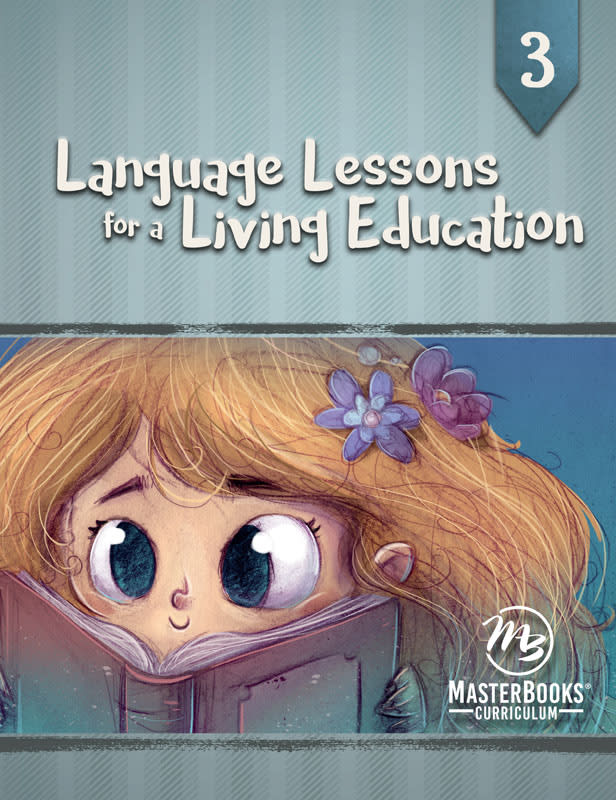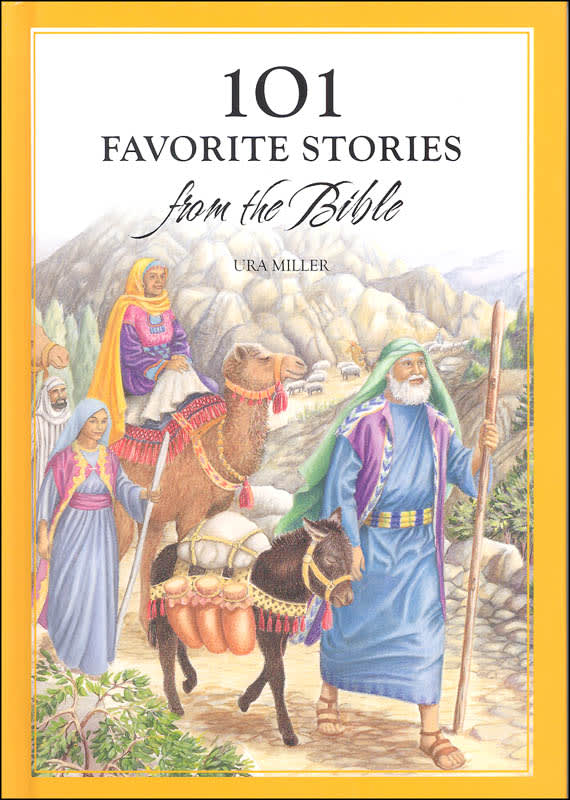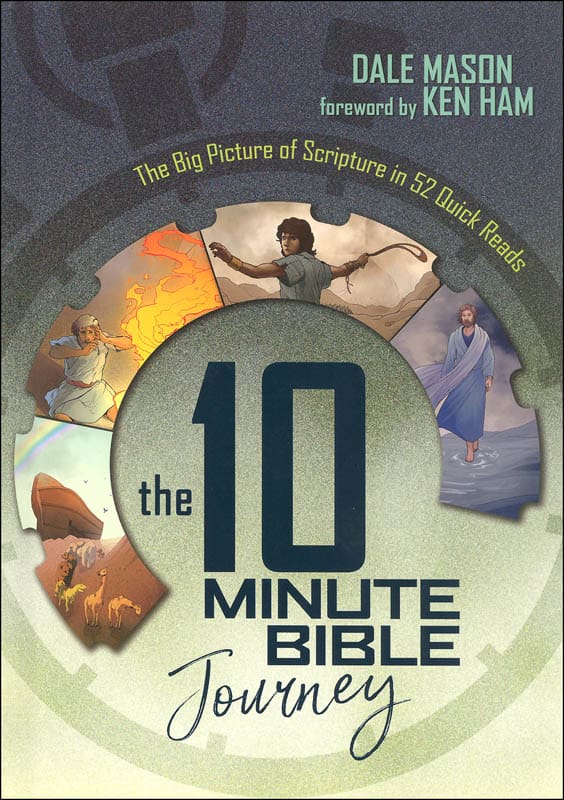Language Lessons for a Living Education has levels 1 through 10, and this review is for levels 3 through 6. You can read my separate reviews of level 1, level 2, and levels 7 through 10. This series was written for Christian homeschoolers, with Christian content throughout each course. (Scripture passages are from the New American Standard Bible.) Students will need a separate Bible storybook for each level. Levels 3 through 5 use 101 Favorite Stories from the Bible, and level 6 uses The 10 Minute Bible Journey. Level 5 recommends but doesn’t require an additional book, God’s Big Story.
Grammar, phonics, reading, composition, vocabulary, and spelling are all covered. Handwriting is the only area of language arts for which you might need another resource. Composition work receives gradually increasing attention so that by the end of sixth grade, students should be able to write well-constructed paragraphs and short reports.
While the book looks like a traditional language arts course, it reflects the influence of Charlotte Mason's methodology. Picture studies, narration, drawing, copywork, memorization, and recitation are all incorporated into lessons. However, these methods are not always applied according to Mason’s recommendations since they tend to be designed to elicit specific answers rather than leaving it to a child to decide what is of interest to them.
Each course is contained in one full-color book with 416 to 480 pages. Children write and draw directly in the book. The perforated, three-hole-punched pages can easily be removed, completed, and stored in a binder.
A few pages of information at the beginning of each book explain how the course works. About the last 100 pages of each book comprise a section labeled Teacher Aids, and this section has its own table of contents showing which pages are for teachers and which are for students. The pages for the teacher include assessment charts, answer keys, lists of books for independent reading and reading practice, a form for recording books read independently, “Create Your Own Dictionary!” templates, and suggestions for activities and games. Level 6 adds several other resources, such as a report template, a book report template, lists of books of the Bible, and suggestions for additional writing activities. Resources for students include grammar and spelling rules, spelling words, and a spelling word form, plus other resources that vary by course, such as Calendar Study Sheets, copywork practice, and a glossary of writing rules.
How It Works
The courses’ pages are numbered as exercises one through five for each week, making it clear what is to be done each day. The first exercise each week should be presented by a teacher since it usually involves discussion and/or narration. On the first day of every other week, you will read a short story from the coursebook or from the supplementary book. The in-between weeks alternate picture studies and reading a poem or a psalm. In addition to discussion and narration, students might do copywork or writing activities.
Students will study grammar and punctuation on the second and third days of each week. Brief instruction is followed by traditional exercises, but parents should also incorporate some of the games and activities from the Teacher Aids.
Day four is used for reading and narration based on the supplementary Bible storybook. The reading is supported by copywork, memorization, and sketching. The fifth day is primarily for vocabulary and spelling.
The amount of writing required gradually increases. Level 6 adds book reports and a weekly Bible Scholars activity. Students need a separate journal for the Bible Scholars exercises, which are thought-provoking writing assignments included among those for the fourth day each week. For example, the Bible Scholars writing assignment on page 52 reads:
Think about what it was like for Noah and his family on the Ark. What are some things they may have seen? How do you think it smelled? What did it sound like? What are some conversations that might have taken place? Pretend you were on the Ark. Describe some things you may have seen, smelled, heard, or talked about. You may also want to draw a picture of a scene from inside the Ark.
While students might be able to complete much of the work for Tuesday through Friday on their own, they are sometimes directed to retell a narrative to their teacher, work on memorizing a verse and reciting it, or do another activity that requires interaction. Friday's spelling tests also need to be administered by the teacher.
Students are expected to complete independent reading throughout the year, and they should also read aloud, at least occasionally. Suggested books are listed in the Teacher Aids, but you can use others. An Independent Reading List form helps you keep track of books read.
Lessons should take about 30 minutes per day, five days per week. No advance preparation is needed, so it is easy for homeschooling parents to teach these courses—just open and go.
Quarterly assessments are included, although the third-grade course suggests letting students take them with an open book. Parents can use the quarterly assessments, but they might also or instead use the assessment charts in the Teacher Aids. Assessment charts show key objectives taught each week followed by two columns headed “Skill Mastered” and “Needs Experience.”
Summary
Language Lessons for a Living Education courses give students opportunities for self-expression and creativity while teaching mechanics and skills in a more traditional style. The result is a series that provides security for parents and comprehensive coverage while also providing children with their choice of books to read along with games and other creative ways to learn.




